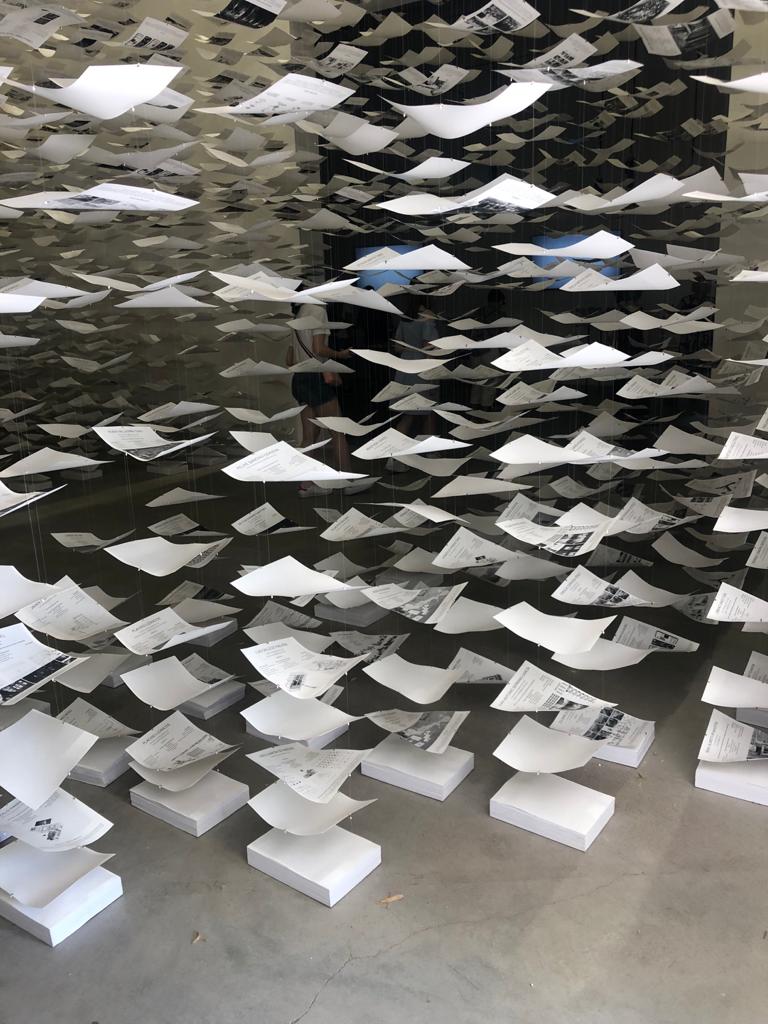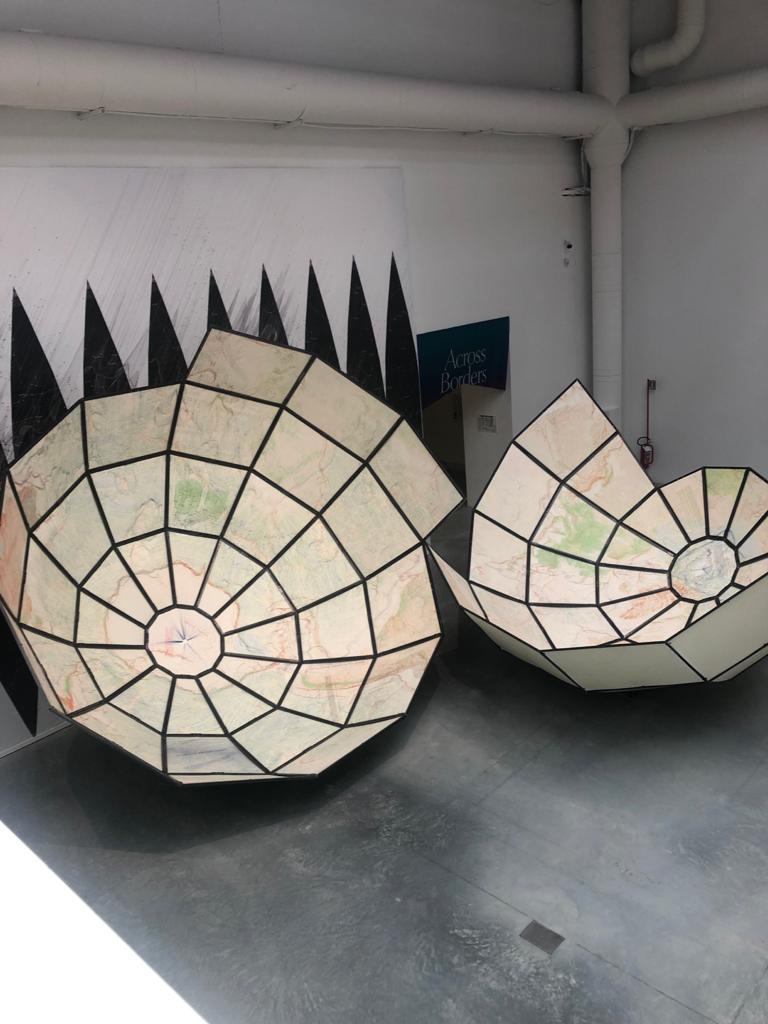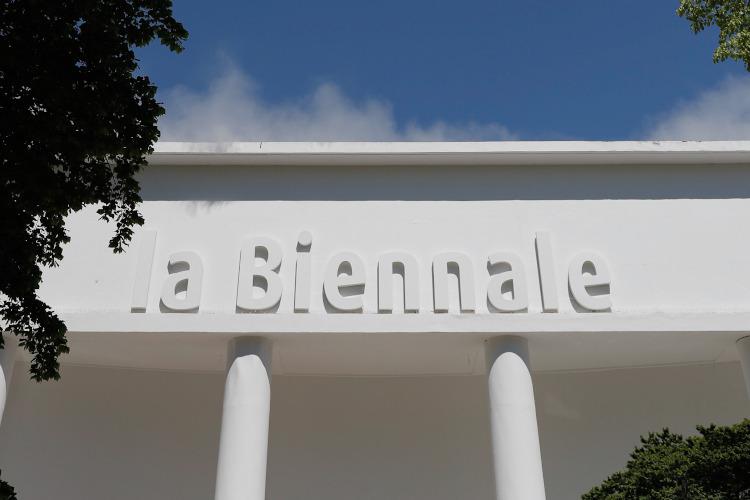How will we live together? The reflections of Biennale Architettura 2021
How will we live together? The theme of this year’s Architecture Biennale, chosen by curator Hashim Sarkis, revolves around a reflection on the ways in which we can live and coexist together: as human beings, as families, as communities, beyond political and economic divisions. and social, united in the criticalities that our planet is experiencing.
The title itself arises as a question, as current as it is ancient, in which architecture and architects personally are called to find a solution where politics and society as such cannot reach: think of spaces for coexistence that lead to to something better, to an improvement in relationships and ways of relating, a need strongly felt all the more so after the pandemic period.

Uncertainty, Spain Pavilion
The more than 100 participants from 46 countries are structured in five thematic areas, in turn divided into in-depth studies: at the Arsenale we find Among Diverse Beings (reflects on the human body and relationships with other beings), As New Households (deals with related issues families and homes) and As Emerging Communities (deepens social relationships in space, with a focus on the future of Venice).
At the Giardini and in the Central Pavilion, the Across borders section wants to oppose social and political differences, proposing a better division of resources, while As One Planet focuses on the planet, on its rapid decline and on the solutions to stem it.
Added to this is the How will we play together? Section, a contribution by five international architects in the spaces of Forte Marghera.

Central Pavilion
Among the participations, projects such as those of Japan stand out, which bring back the broken elements of a house, reconfiguring them together with contemporary elements and materials; Germany that surprises with a completely empty space that can be used virtually thanks to QR codes; Great Britain which in “The Garden of Privatized Delights” reflects on social equality and accessibility in the spatial relationship between the public and the private sector; Belgium on a tour of architectural projects that aims to re-propose the crossing of a city.
But in every pavilion, as well as in the collateral events, you can stimulate and inspire a reflection that is never predictable or banal, not so much on architecture as such but in a more universal and collective dimension that emphasizes relationships and the future.

Composite Presence, Belgium Pavilion

